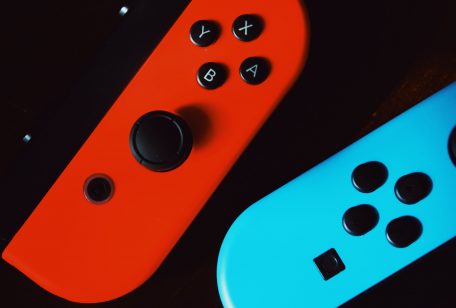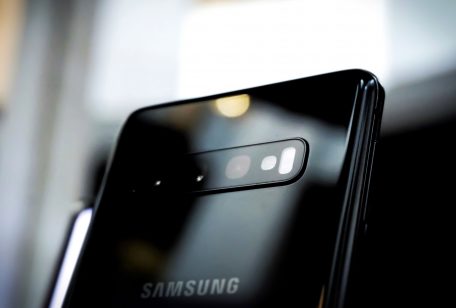
MDC Newsroom
Streaming has revolutionized the way we consume content and consequently how content is distributed. The “cloud” gives us instant and on-demand access to movies, television series, music, and more. With more and more streaming services becoming available, and the growing demand for higher quality streaming, content providers have shifted their strategies to better meet those demands.
The gaming industry, despite being considered the largest content market in the world, has been slow to adapt to this new paradigm and has up until now failed to deliver an attractive console-free solution.
Now, cloud gaming is not a new concept. OnLive, the now defunct cloud gaming service, launched back in 2003 and came to share the field with other competitors like Gaikai, Microsoft’s xCloud, and Sony’s PlayStation Now. It is even rumored that Amazon is currently developing its own cloud gaming service. Nevertheless, none of these companies were able to push the market towards cloud gaming but now Google is placing a bet that may change the industry forever.
Mexico leads the Gaming market in Latin America →
At its GDC 2019 keynote, Google announced Stadia, a new cloud-based gaming platform that aims to replicate Youtube’s success by leveraging its front-end user experience with its successful content distribution model. Stadia’s main selling point is the cross-platform support that enables users to play with others across different gaming platforms – as long as the platform developers provide the option. This is a direct challenge to the current console model, currently a $67 billion market, that will help players to avoid spending large amounts of money on new and expensive equipment while helping game makers reach more people.
Cloud gaming has always been an attractive proposition but historically the problem with its development is that the technology for streaming high-end videogames has until recently fallen short. Issues with latency, the delay before a transfer of data begins, have been one of the main barriers for cloud gaming – no one likes to see their favorite character die because of “lag”.
Rudolf van der Berg, a Senior Consultant at Stratix Consulting, stated in an interview for Medium that what makes Stadia different from current gaming platforms is that any device that can run Youtube in HD at 30/60 frames per second is able to play. You only need a bandwidth of approximately 15-25 Mbps. Whether it is a laptop or PC, any controller connected to it can work. A Chromecast would also work – turning any screen into a game station.
For now, Google plans to launch Stadia first in the U.S., Canada, the United Kingdom, and Europe, with a requirement of at least 25 Mbps of internet bandwidth. This bandwidth requirement presents a challenge for most countries in Latin America once the platform arrives.
During the presentation of Stadia, the vice president of Google, Phil Harrison, commented “Imagine that they see games on YouTube, suddenly the trailer of the new Assassin’s Creed appears, with a button that says ‘Play now’. They only have to press it and they will have access to the game in five seconds. No downloads, no patches, no updates, no installations. Instant access.” If Harrison’s vision becomes a reality, Stadia will completely revolutionize the landscape of online videogames. This instant access to games will also pave the way to monetize the platform.
Despite much doubt from the gaming community, the unique advantages presented by Google’s cloud gaming platform are inescapable. Stadia will benefit from YouTube’s infrastructure, from Google’s privileged position with broadband networks around the world, and from the efficiency of Google’s data centers.
Currently, games can be played in 4K resolution at 60 FPS in HDR with surround sound, but in the not too distant future the resolution will reach up to 8K and more than 120 FPS. It is also possible to broadcast the game itself through YouTube at the same time, also at a resolution of 4K up to 60 FPS.
According to Google, it will be possible to play AAA games on any device as long as it has a high-speed internet connection. In order to support the massive processing load that would be involved in the execution of games on a large number of devices around the world, Google has partnered with AMD to create special GPUs capable of 10.7 teraflops of power – surpassing the current performance of PlayStation 4 Pro and 6 of Xbox One X which currently boast 4.2 teraflops of power








